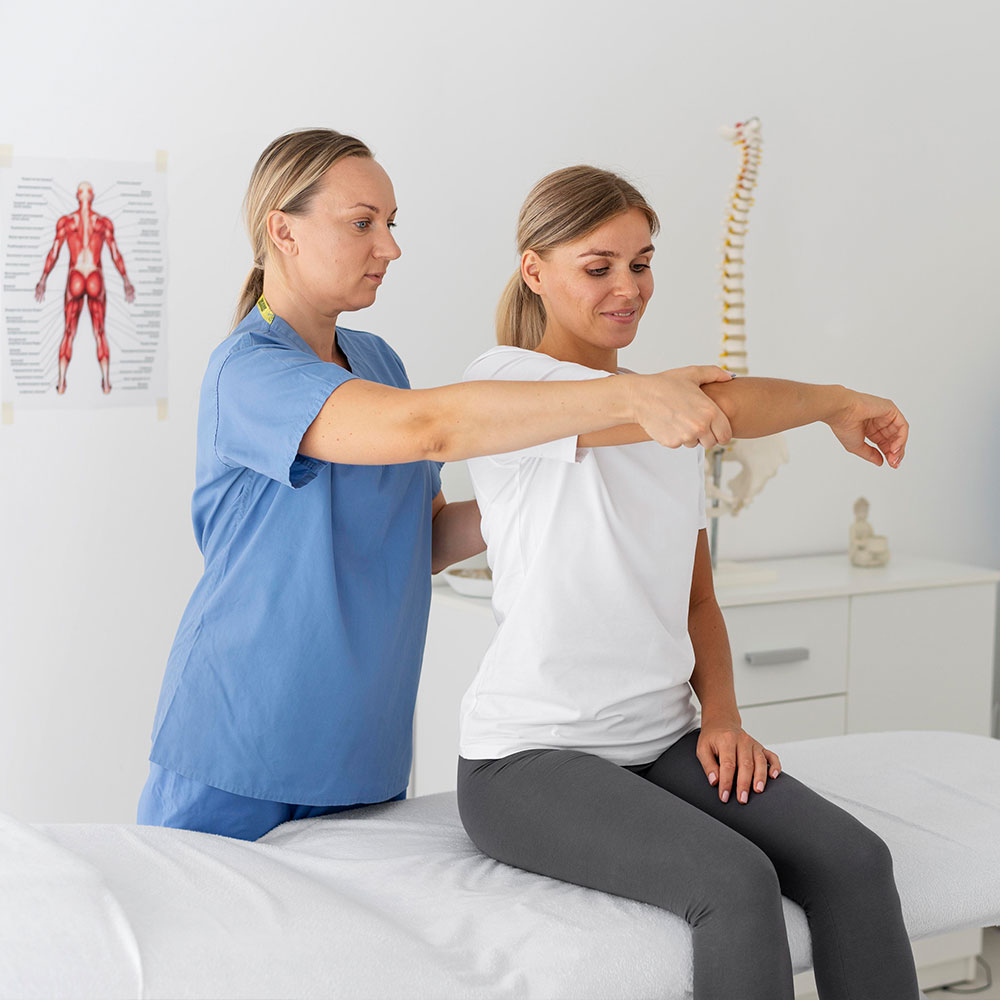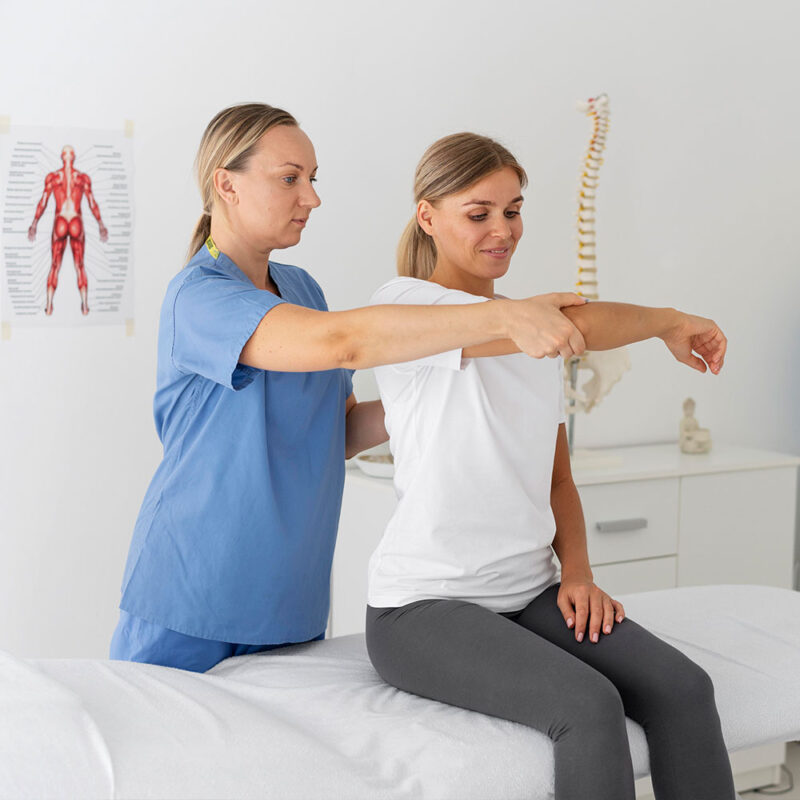In the realm of physiotherapy, mastering taping techniques is akin to wielding a powerful tool. Taping, also known as kinesiology taping, has emerged as a versatile method to alleviate pain, enhance performance, and aid in rehabilitation. From athletes seeking to optimize their performance to individuals recovering from injuries, the application of taping techniques has become ubiquitous in physiotherapy practices worldwide.
Understanding the Basics of Taping
Taping is a therapeutic modality that involves the application of elastic tapes to specific areas of the body. Unlike traditional athletic tapes, which restrict movement, kinesiology tapes are designed to mimic the elasticity of the skin, allowing for a full range of motion. By strategically applying tension to the skin, taping techniques aim to provide support to muscles and joints while promoting proper alignment and posture.
The Science Behind Taping
At the core of taping techniques lies the principle of neurological proprioception. The tactile feedback provided by the tapes stimulates the proprioceptors in the skin, sending signals to the brain about the body’s position and movement. This sensory input helps improve proprioception, thereby enhancing coordination and reducing the risk of injury. Additionally, taping can modulate pain perception by activating the body’s natural pain-relieving mechanisms.
Applications of Taping in Physiotherapy
1. Pain Management
Taping is widely used in physiotherapy for pain management. By alleviating pressure on pain receptors and improving circulation, taping can provide relief from acute and chronic pain conditions, including muscle strains, joint sprains, and tendonitis.
2. Injury Rehabilitation
In the realm of injury rehabilitation, taping plays a pivotal role in facilitating the healing process. By providing support to injured muscles and ligaments, taping techniques help stabilize the affected area, reduce inflammation, and prevent further damage, allowing for a faster and more efficient recovery.
3. Performance Enhancement
For athletes and fitness enthusiasts, taping can be a game-changer in terms of performance enhancement. By providing targeted support to key muscle groups, taping techniques can optimize biomechanics, enhance muscle activation, and improve overall performance. Whether it’s maximizing power output during weightlifting or maintaining proper form during endurance activities, taping can give athletes a competitive edge.
Mastering Taping Techniques: Tips and Tricks
1. Proper Preparation
Before applying tape, it’s essential to ensure that the skin is clean, dry, and free from any lotions or oils. This helps enhance the adhesion of the tape and prevents it from peeling off prematurely.
2. Precision is Key
When applying tape, precision is paramount. Be sure to follow the specific taping techniques recommended for the desired outcome, whether it’s providing support, reducing pain, or improving proprioception.
3. Monitor Skin Reaction
While taping is generally safe, some individuals may experience skin irritation or allergic reactions to the adhesive. It’s important to monitor the skin closely during and after taping sessions and discontinue use if any adverse reactions occur.
4. Regular Maintenance
To maximize the effectiveness of taping, it’s essential to ensure proper maintenance. Avoid excessive sweating or moisture, as this can compromise the adhesive properties of the tape. Additionally, remove the tape gently and avoid pulling it off forcefully to prevent skin damage.
Conclusion
Mastering taping techniques is a valuable skill for physiotherapists seeking to optimize patient care and outcomes. By understanding the principles behind taping, as well as its applications and best practices, physiotherapy practitioners can harness the full potential of this versatile modality. Whether it’s managing pain, facilitating rehabilitation, or enhancing performance, taping techniques offer a holistic approach to improving musculoskeletal health and well-being.


